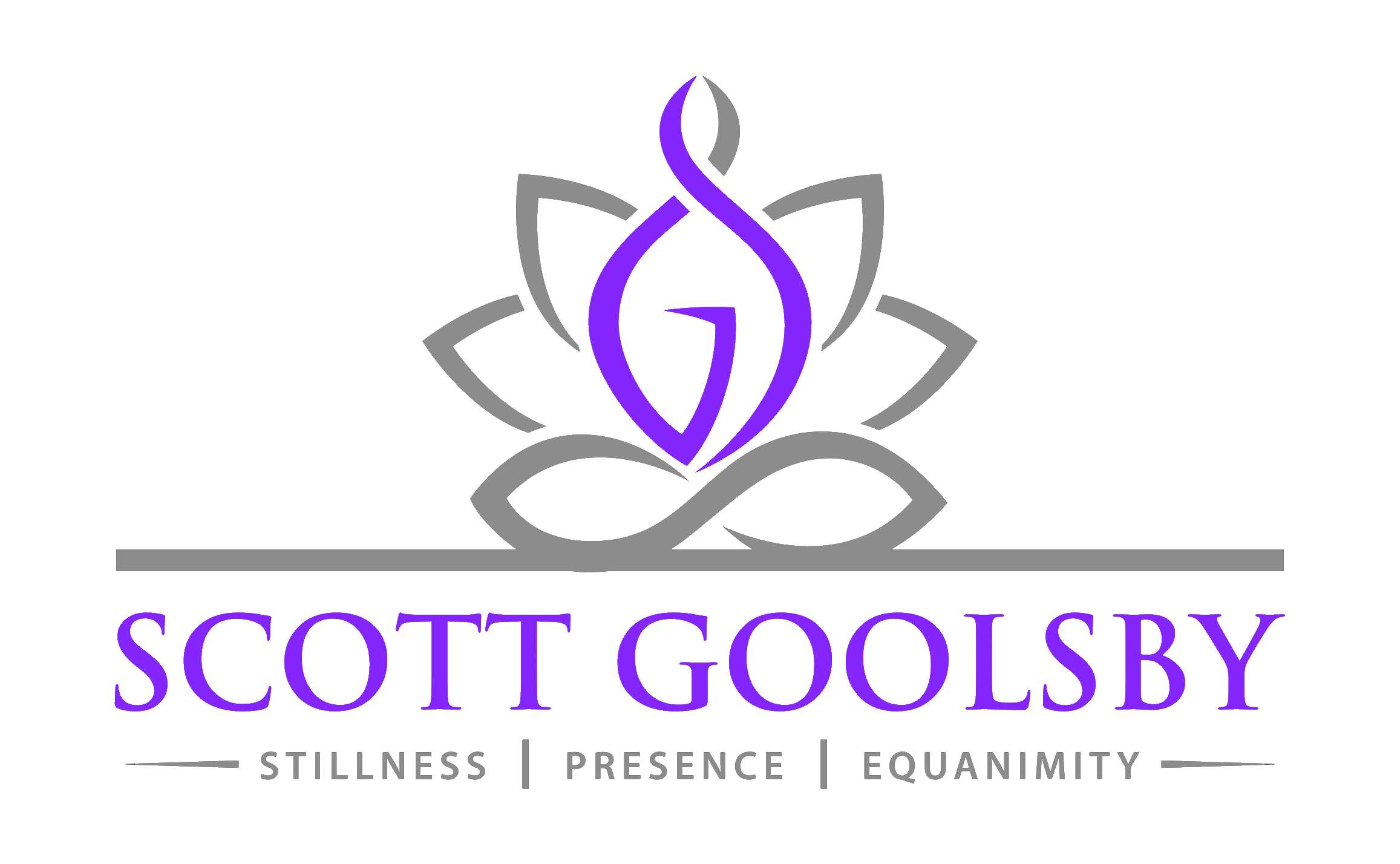In the Buddha’s first Noble Truth he taught that everything in the world is or can lead to suffering. The spiritual path and enlightenment are often misconstrued as making everything okay. That suffering will end. That all of the sudden, a ray of sunlight will come into our lives and ameliorate all that we ever considered wrong or negative. However, this is not the case, and neither do we actually want all the suffering in our lives to be dissolved. Suffering gives us the capacity for wisdom and compassion. It allows us to move deeper into ourselves and our consciousness. Instead of dispelling all suffering, the spiritual path gives as a means to move through the suffering with acceptance, consciousness, and a greater level of grace, wherein we can be impelled to deeper personal evolution.
The Taoist sage Chuang Tzu spoke of the 10,000 joys and the 10,000 sorrows. Our level of reality, this realm of name and form, the namarupa, is full of the things which we interpret as causing us joy and things which we see as causing us sorrow. A conscious, awakened life means to open up to not just our joys, but to these sorrows. What are they here to teach and to show us? What can we learn about ourselves? Our inner world? How we interact with our reality? The more we open ourselves up to not just that which we view as joyful, but accept and move through that which we see as painful or sorrowful, we open up to more and more life. We are imbued with more vibrance and vitality. The more we can understand our own suffering and our own pain, ultimately the happier we can be.
Buddhism sometimes asks practitioners to focus on the mortality of this human body. There are meditations involving the imagining of old age, sickness, death, and the ultimate dissolution of the body. These practices are not taught out of a sense of morbidity but are invitations to use the suffering of facing our mortality to instill a greater sense of preciousness to this current life. It harkens the we be here, we experience every facet of our life. The 10,000 joys and the 10,000 sorrows. When the heart breaks, allow it to break, as the more our hearts break open, the more we can appreciate all of what stands before and within us. Denial of suffering will get us nothing but more suffering.
I am not proposing that we sit and dwell on all the negativity in our lives, identify with all our suffering, and seek it out as a spiritual practice. But simply that, when it comes, which it inevitably will, be with it. It has already presented itself to you in this moment and there is no other way to deal with that which is happening then moving through it now with consciousness and lucidity.
One powerful and effective way in facing the adversity in our lives was developed by Michelle McDonald and brought to my attention by the wonderful teacher Tara Brach. It the practice of using the acronym RAIN.
R – Recognize. Bring to consciousness what is occurring. Ask yourself, “What am I feeling right now?”
A – Allow. This is not denying what is occurring, but allowing it to be here and not push them away.
I – Investigate. We look at what is here, how are we experiencing this? Where is your body? What is happening in your body? What about you consciousness? Where is your mind?
N – Non-identify. We don’t take that which is occurring as something personal. We don’t identify with it and make it us. We see it with the greatest amount of equanimity and detachment we muster in the moment.
So the next time something painful occurs in your life, face it and investigate it. Ask yourself why you are seeing it as something painful and negative and what can it reveal to you on a deeper level.
